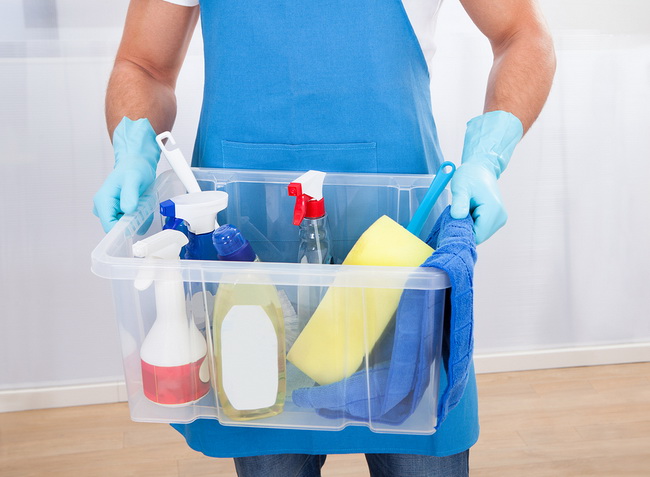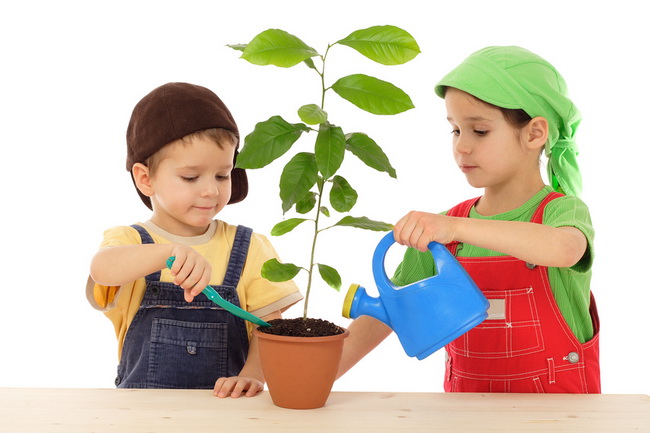- Make It Yourself Lavender Heart-Shaped Bath Bombs!
- 20 Things You Never Knew About “Down There”
- 12 Best Foods For Those Suffering From Arthritis Pain
- 12 Personal Hygiene Mistakes Almost Everyone Makes (Mom Never Told You About #4!)
- 15 Medicinal Plants And Herbs From The Cherokee People
- 12 Mind-Blowing Benefits Of Drinking Coconut Water During Pregnancy
- 12 Outstanding Winter Foods That Won’t Fatten You Up Like A Christmas Turkey
Shocking Sources Polluting the Air Inside Your Home

Photo credit: bigstock
If someone were to ask you about air pollution, you would most likely think of car exhaust, industrial fumes, coal plants, and big diesel trucks. These are all strong sources of pollution, true, but there are many other types of air pollution inside your home or apartment that can actually be much worse than what you find in the streets outside.
Keep reading to find out the shocking, and often hidden, sources of indoor air pollution, and some ways you can help fix them or lessen your exposure.
1. Paint
Paint and paint strippers emit harmful VOC’s, even water-based paints, especially when a room has been freshly painted. These vapors can result in headaches, nausea, dizziness, and sore throats. Always choose low or no VOC paints when you plan your next painting job.
2. Teflon
There is hardly a home in America that does not own at least one Teflon coated, non-stick pan. When non-stick cookware is put under high temperatures, it gives off fumes that can have serious health complications, including killing birds and other small animals almost immediately. Ditch the Teflon for cast iron, copper, stainless steel, or ceramic cookware instead. Find out other deadly toxic products you can live without.
3. Dry Cleaning
If you regularly send your clothes to the dry cleaners, then you are well acquainted with that funny smell they give off for a few days afterwards. That smell comes from a chemical called perchloroethylene, which has been strongly linked to cancer in tests on lab animals. To avoid this, try to air dry the clothes for a few days outside before you bring them into the house, or avoid buying clothes that require dry cleaning.
SEE ALSO: The Top 10 Dangerous Toxins That Are Inside Your Home Right Now
4. Carpeting
New carpets, the padding, and the glue they use to hold them in place emit harmful gases when they are newly installed. These gases cause headaches, sore throats, and even skin rashes. To avoid these chemicals, try to choose carpeting that is low VOC, and try to leave all the windows open for a few days while it airs out. You could also choose natural flooring, such as bamboo, instead.
Continue to Page 2
5. Cleaning Supplies
It’s a strange paradox by which we use “dirty” chemicals to clean our houses, our cars, and our clothes. By “dirty” we mean that they contain chemicals that are toxic to your health. They can cause a multitude of skin and lung problems. There are literally hundreds, if not thousands, of homemade, completely natural cleaning recipes online that use things like baking soda, vinegar, and lemon. These are harmless and natural, but pack a powerful cleaning, anti-bacterial punch, minus the chemicals.
6. Art and Drawing Supplies
This one might make you think twice about the type of back to school supplies you give your children, but many supplies such as paints, glue, markers, and other types of art supplies have the potential to cause damage due to the chemical fumes they give off. To minimize exposure to these chemicals, use these supplies in well ventilated rooms, or try and buy non-toxic, alternative art supplies online.
7. Secondhand Smoke
You’ve probably already heard about the dangers of secondhand smoke. If you haven’t, you should be aware that secondhand smoke is just as harmful as smoking directly. If you must smoke, do it outside, with the doors closed, as far away from your family as possible. For your sake, and the health of your family, consider quitting.
8. Radon Gas
Have your air tested, because radon gas is something you cannot see or smell. Radon rises up naturally from the ground and gets into your house through your plumbing, cracks in your air vents, and any other cracks in your home. Radon gas is the second leading cause of lung cancer. There are very inexpensive kits that will test your home for this toxic gas. You can’t protect yourself from air pollution if you don’t know what’s in your home.
Continue to Page 3
There are some ways to help protect yourself besides the advice suggested above. Keep reading for some of the best ways you can reduce indoor air pollution.
- Houseplants – Plants do a terrific job of naturally cleaning the air in your home. Plants can remove toxins, and look pretty while they’re at it. Some plants work harder than others. Some of the best choices are peace lilies, Boston ferns, and spider plants. Check our article about the best houseplants you can buy to clean the air naturally.
- Use a More Sophisticated Furnace Filters – Those $3 furnace filters you are buying at the local discount store might keep the dust out, but that’s about it. Large particles such as dust, hair, and lint rarely cause breathing problems for people; it’s the smaller particles that tend to kick up your allergies and asthma. Sometimes you get what you pay for, and with a furnace filter, this is the case. The more expensive the filter, the better it can pull particles out of the air. Buy the most expensive filter you can afford.
- Have Your Vents Cleaned – Especially if your house is more than 10 years old and the vents have never been cleaned. Take off the registers and look inside the vents- chances are good you will see a lot of dust sticking to the sides. Professional cleaning services are not that expensive to have all your air vents and registers cleaned and sanitized.
- An Electronic Air Cleaner- These can clean as much as 30 times the amount of dust as an ordinary furnace filter, but they cost much more and contribute to your EMF load. With some electronic air cleaners costing as much as $500, house plants suddenly seem like a much better alternative.


































